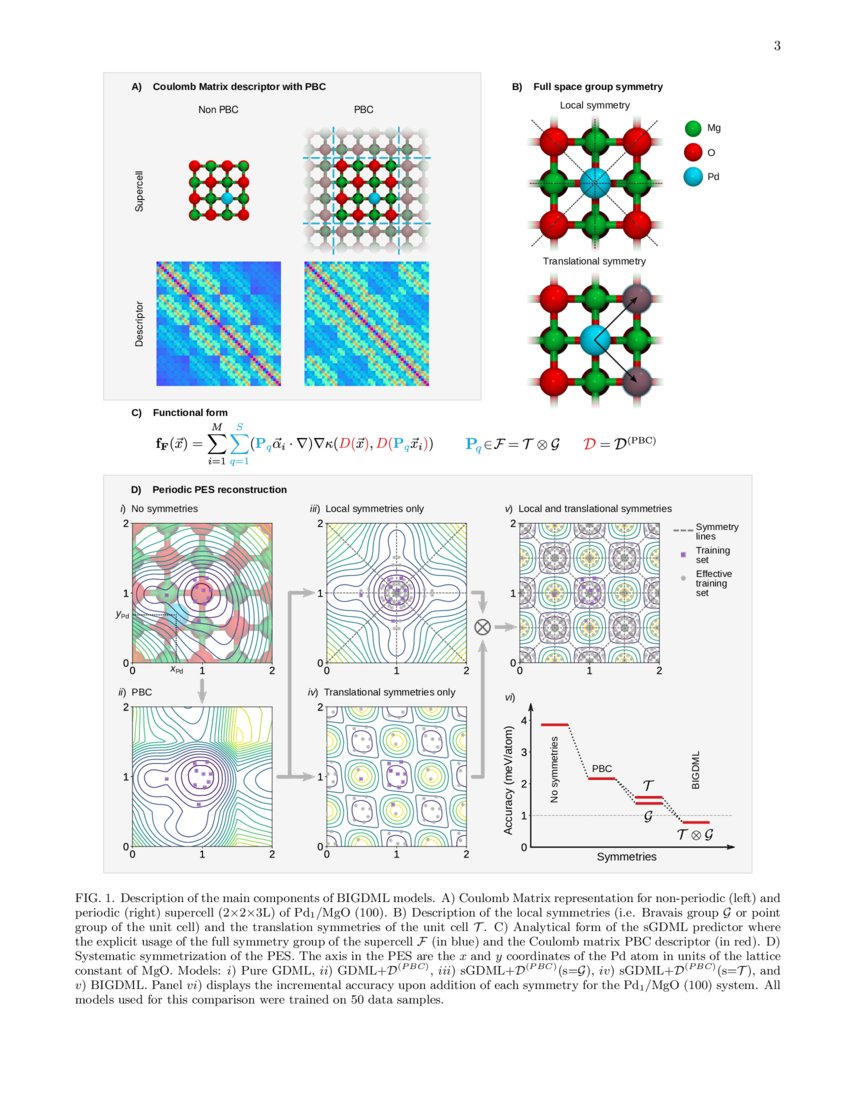

- Exact machine epsilon fp64 64 bits#
- Exact machine epsilon fp64 full#
- Exact machine epsilon fp64 software#
- Exact machine epsilon fp64 code#
In Julia, exceeding the maximum representable value of a given type results in a wraparound behavior: julia> x = typemax(Int64) (The above expression uses several features that have yet to be introduced, including for loops, Strings, and Interpolation, but should be easy enough to understand for users with some existing programming experience.) Overflow behavior The values returned by typemin and typemax are always of the given argument type. The minimum and maximum representable values of primitive numeric types such as integers are given by the typemin and typemax functions: julia> (typemin(Int32), typemax(Int32)) They produce an unsigned integer of the same size as the unsigned literal would do, with the two's complement of the value: julia> -0x2 Values which cannot be stored in UInt128 cannot be written as such literals.īinary, octal, and hexadecimal literals may be signed by a - immediately preceding the unsigned literal. That allows the user to control the size. So 0x01 is a UInt8 while 0x0001 is a UInt16. 0x123456789 and 0x1234567890adcdef are UInt64 literals, etc.Įven if there are leading zero digits which don’t contribute to the value, they count for determining storage size of a literal.In the case of leading zeros, the size is determined by the minimal needed size for a literal, which has the same length but leading digit 1. The size of the binary data item is the minimal needed size, if the leading digit of the literal is not 0. Julia> x = 0x00000000000000001111222233334444Īs for hexadecimal literals, binary and octal literals produce unsigned integer types. This behavior is based on the observation that when one uses unsigned hex literals for integer values, one typically is using them to represent a fixed numeric byte sequence, rather than just an integer value.īinary and octal literals are also supported: julia> x = 0b10 The size of the unsigned value is determined by the number of hex digits used: julia> x = 0x1 Unsigned integers are input and output using the 0x prefix and hexadecimal (base 16) digits 0-9a-f (the capitalized digits A-F also work for input).
Exact machine epsilon fp64 64 bits#
Larger integer literals that cannot be represented using only 32 bits but can be represented in 64 bits always create 64-bit integers, regardless of the system type: # 32-bit or 64-bit system: Julia also defines the types Int and UInt, which are aliases for the system's signed and unsigned native integer types respectively: # 32-bit system: The Julia internal variable Sys.WORD_SIZE indicates whether the target system is 32-bit or 64-bit: # 32-bit system: The default type for an integer literal depends on whether the target system has a 32-bit architecture or a 64-bit architecture: # 32-bit system: Literal integers are represented in the standard manner: julia> 1 All numeric types interoperate naturally without explicit casting, thanks to a flexible, user-extensible type promotion system.
Exact machine epsilon fp64 full#
The following are Julia's primitive numeric types:Īdditionally, full support for Complex and Rational Numbers is built on top of these primitive numeric types.
Exact machine epsilon fp64 software#
Additionally, Julia provides software support for Arbitrary Precision Arithmetic, which can handle operations on numeric values that cannot be represented effectively in native hardware representations, but at the cost of relatively slower performance. These map directly onto numeric types and operations that are natively supported on modern computers, thus allowing Julia to take full advantage of computational resources.

Julia provides a broad range of primitive numeric types, and a full complement of arithmetic and bitwise operators as well as standard mathematical functions are defined over them. For example, 1 is an integer literal, while 1.0 is a floating-point literal their binary in-memory representations as objects are numeric primitives.
Exact machine epsilon fp64 code#
Built-in representations of such values are called numeric primitives, while representations of integers and floating-point numbers as immediate values in code are known as numeric literals.

Integers and floating-point values are the basic building blocks of arithmetic and computation. Edit on GitHub Integers and Floating-Point Numbers Instrumenting Julia with DTrace, and bpftrace.Reporting and analyzing crashes (segfaults).Static analyzer annotations for GC correctness in C code.Proper maintenance and care of multi-threading locks.printf() and stdio in the Julia runtime.Talking to the compiler (the :meta mechanism).High-level Overview of the Native-Code Generation Process.Noteworthy Differences from other Languages.Multi-processing and Distributed Computing.Mathematical Operations and Elementary Functions.


 0 kommentar(er)
0 kommentar(er)
